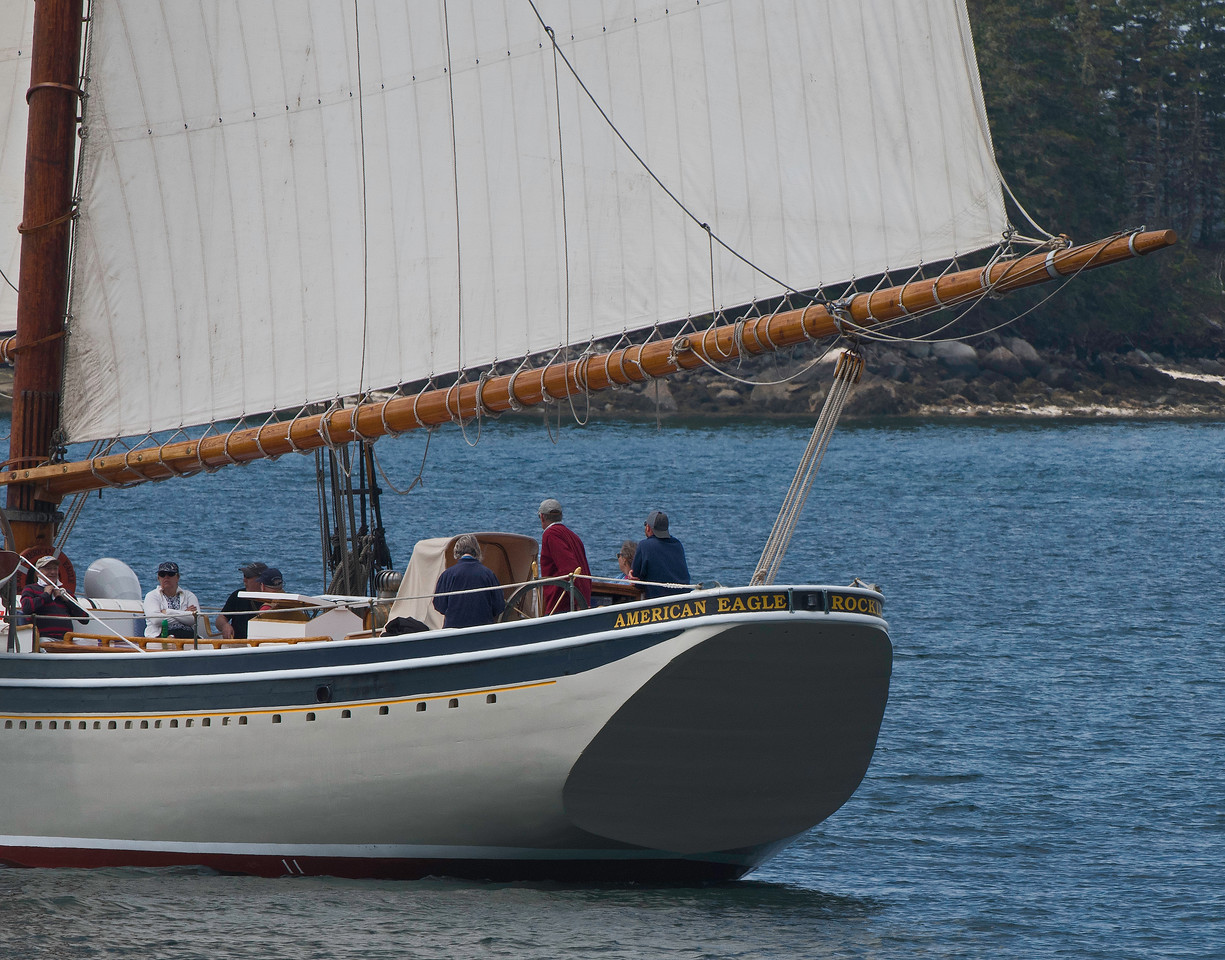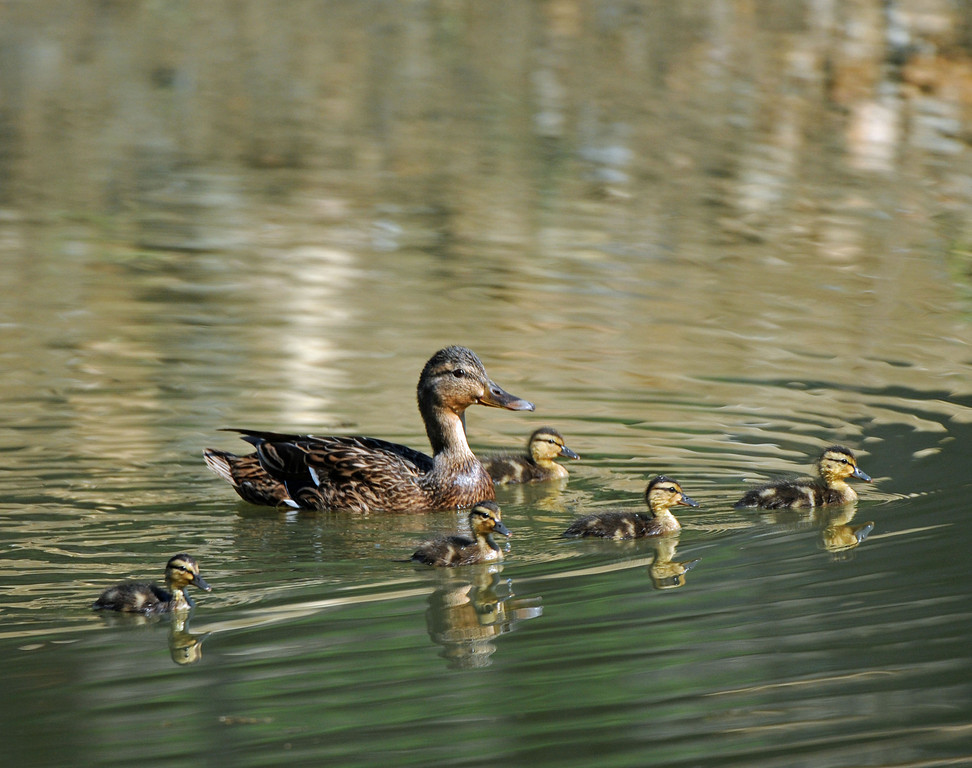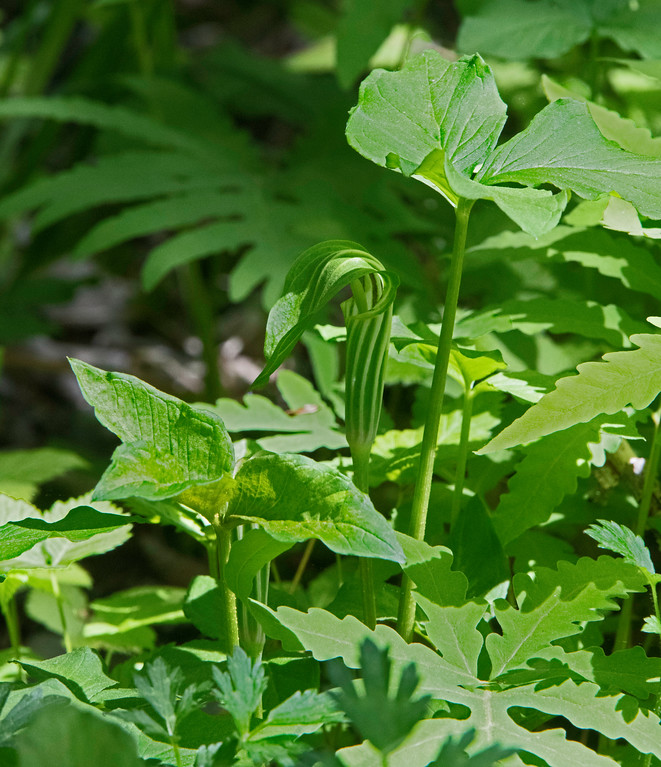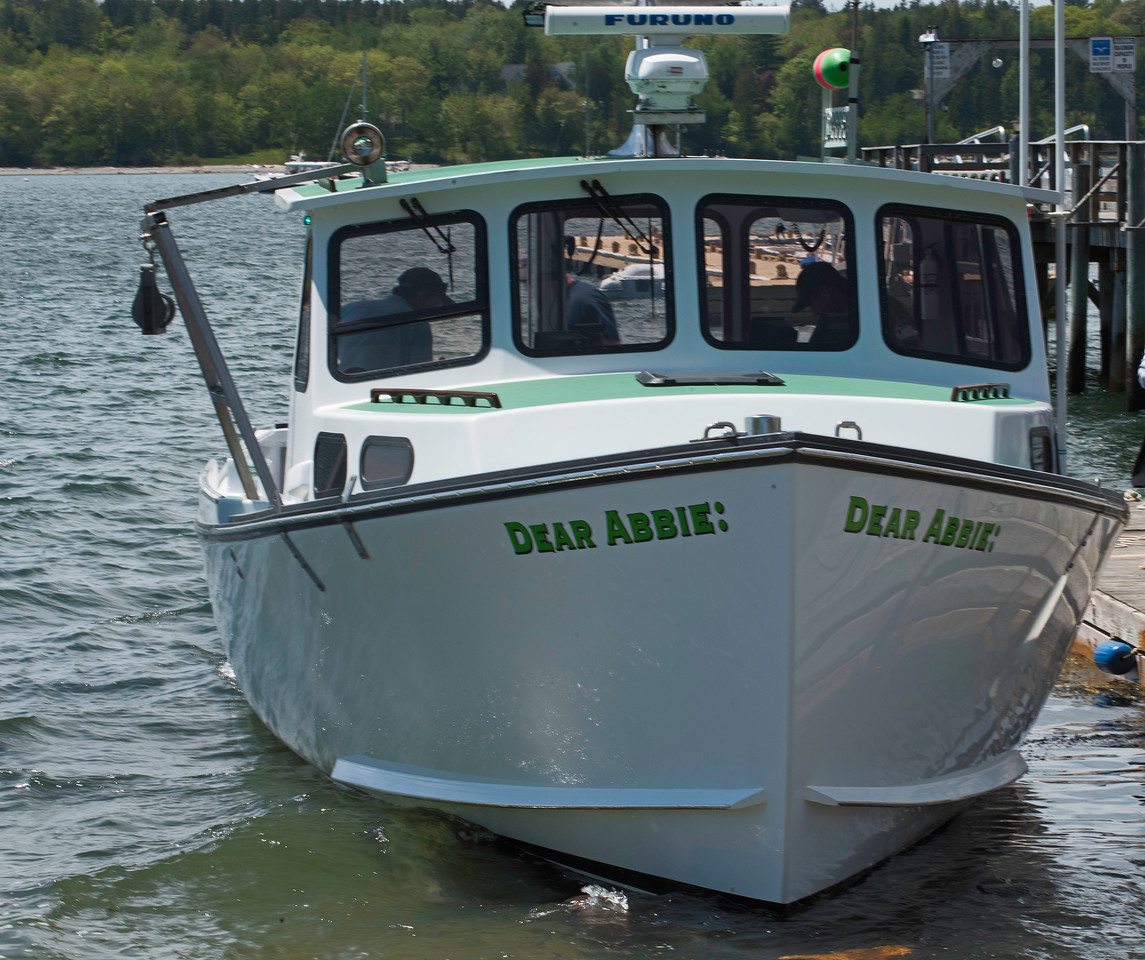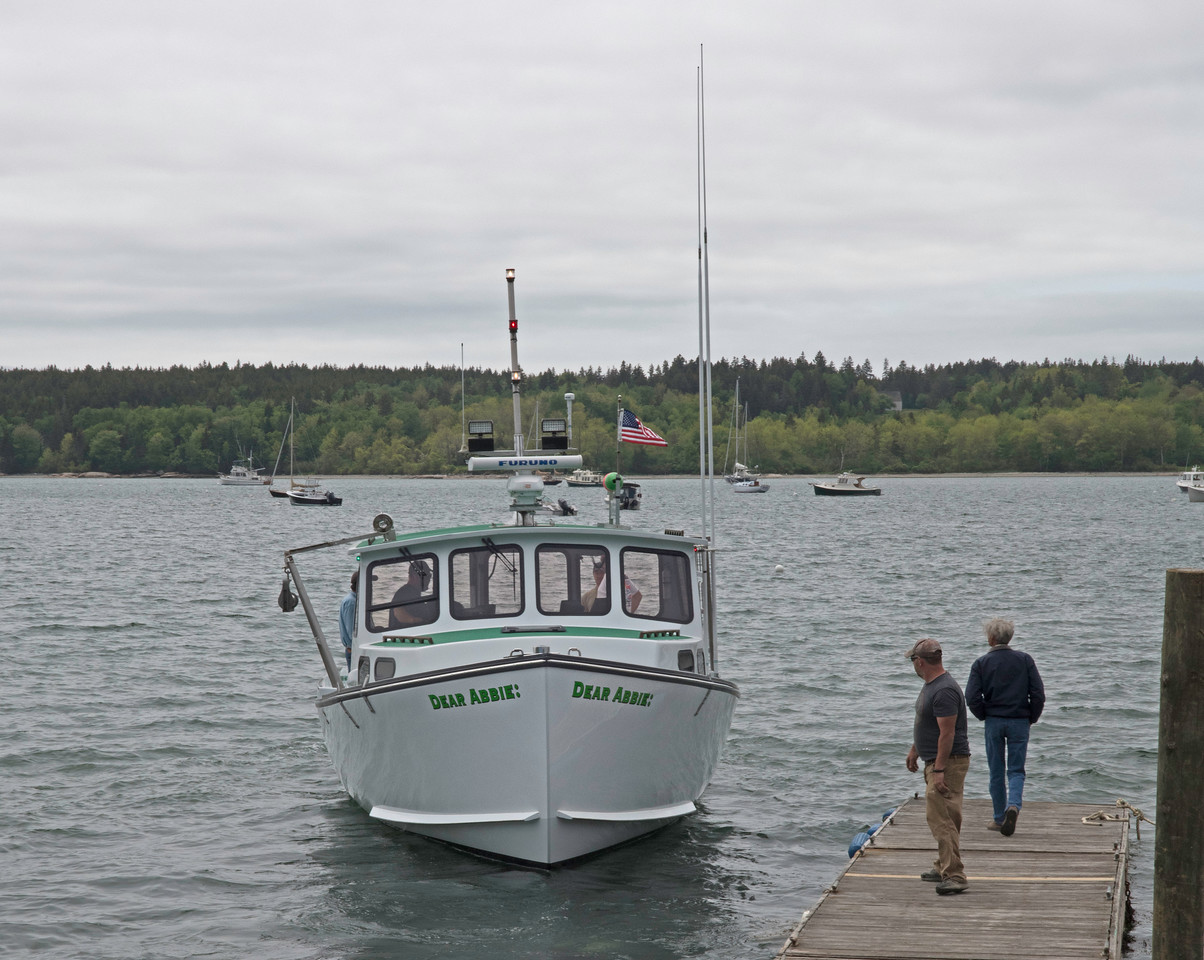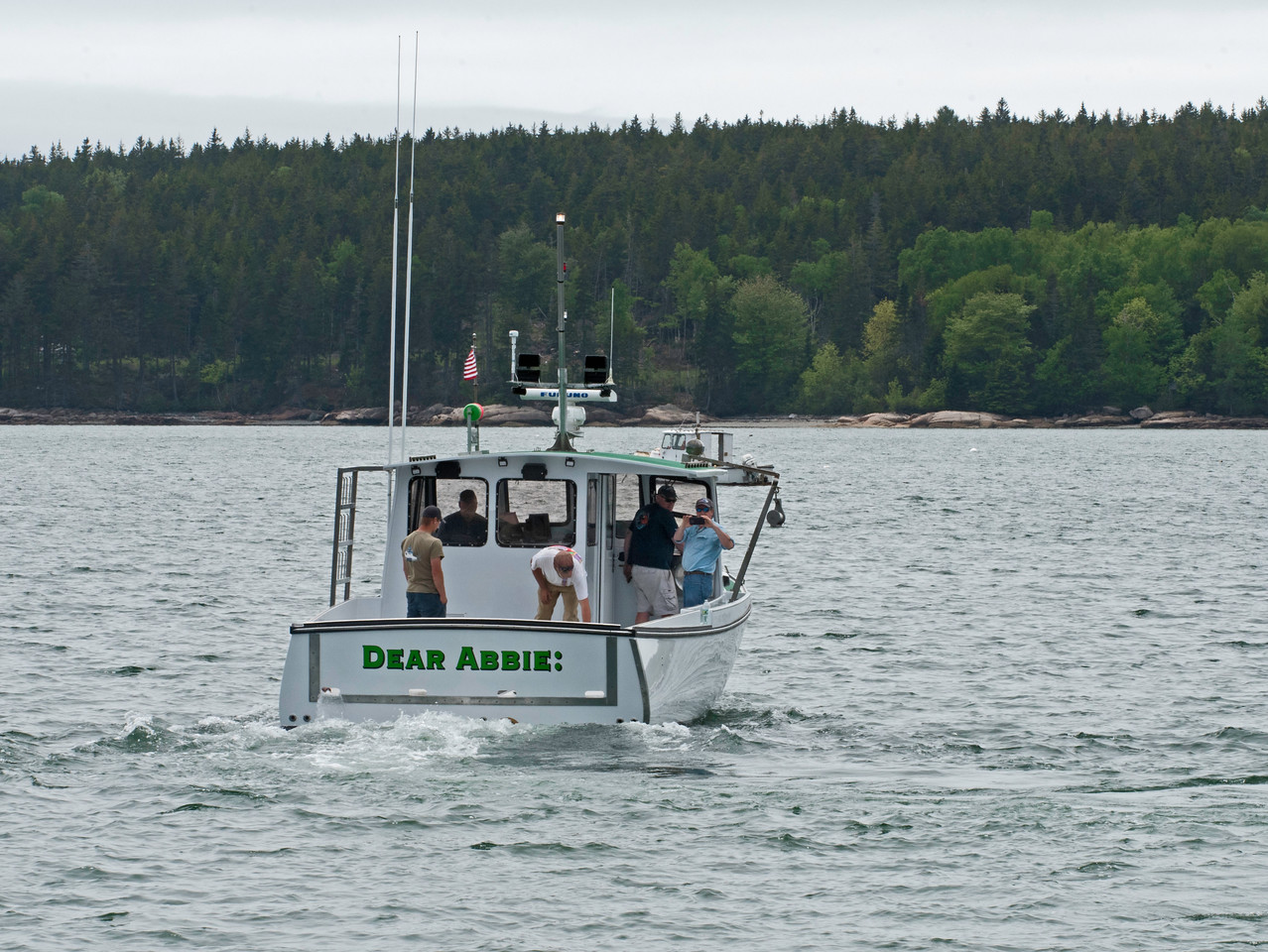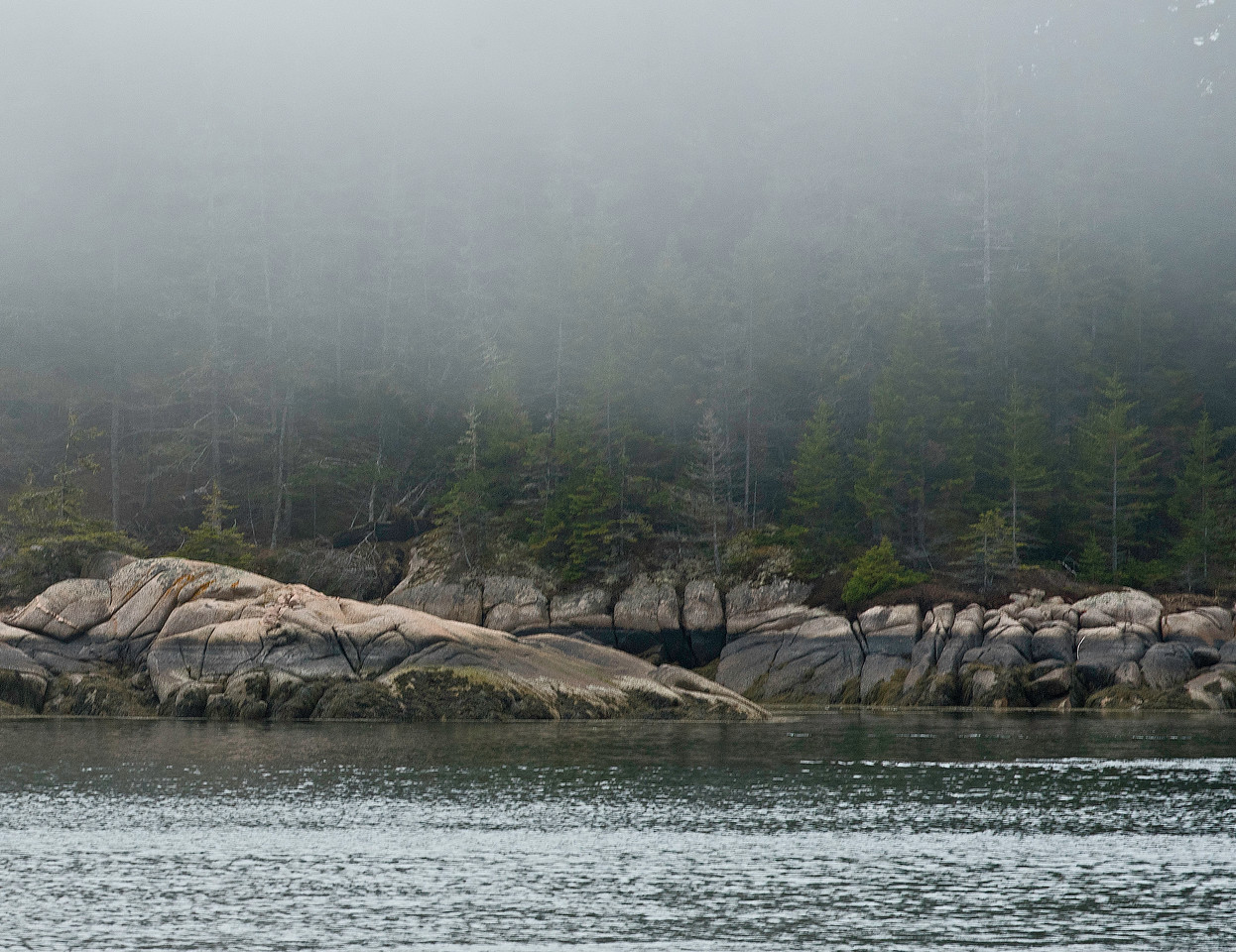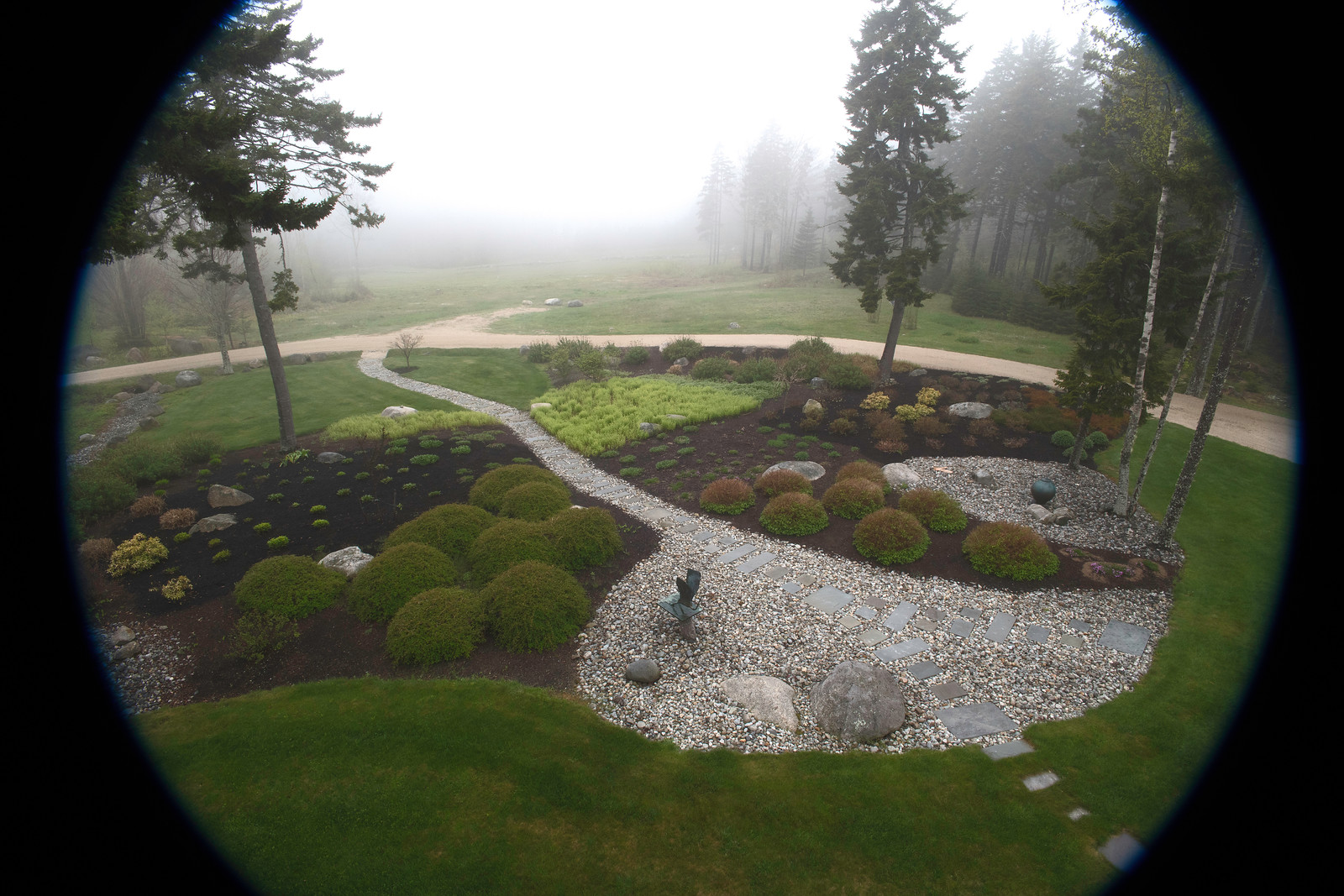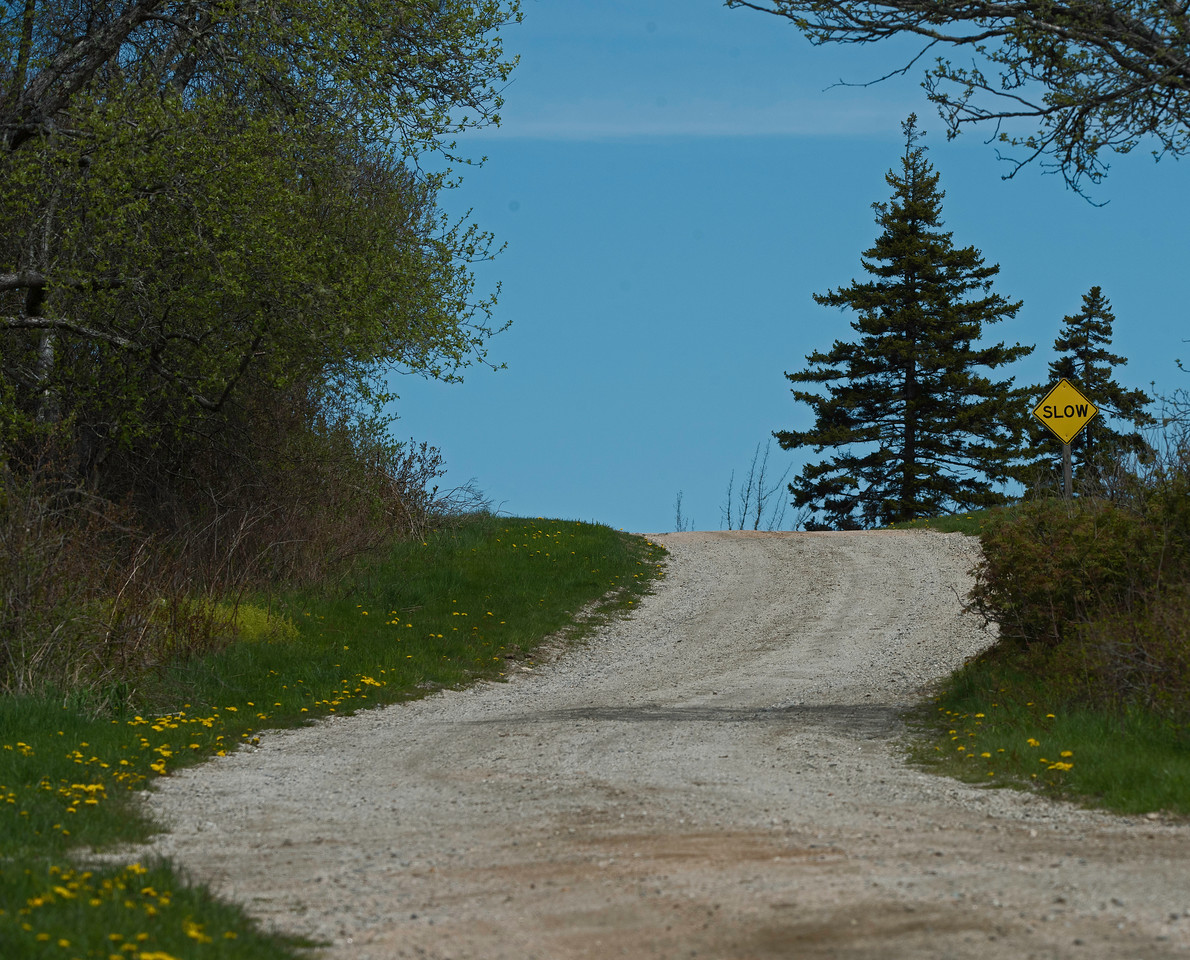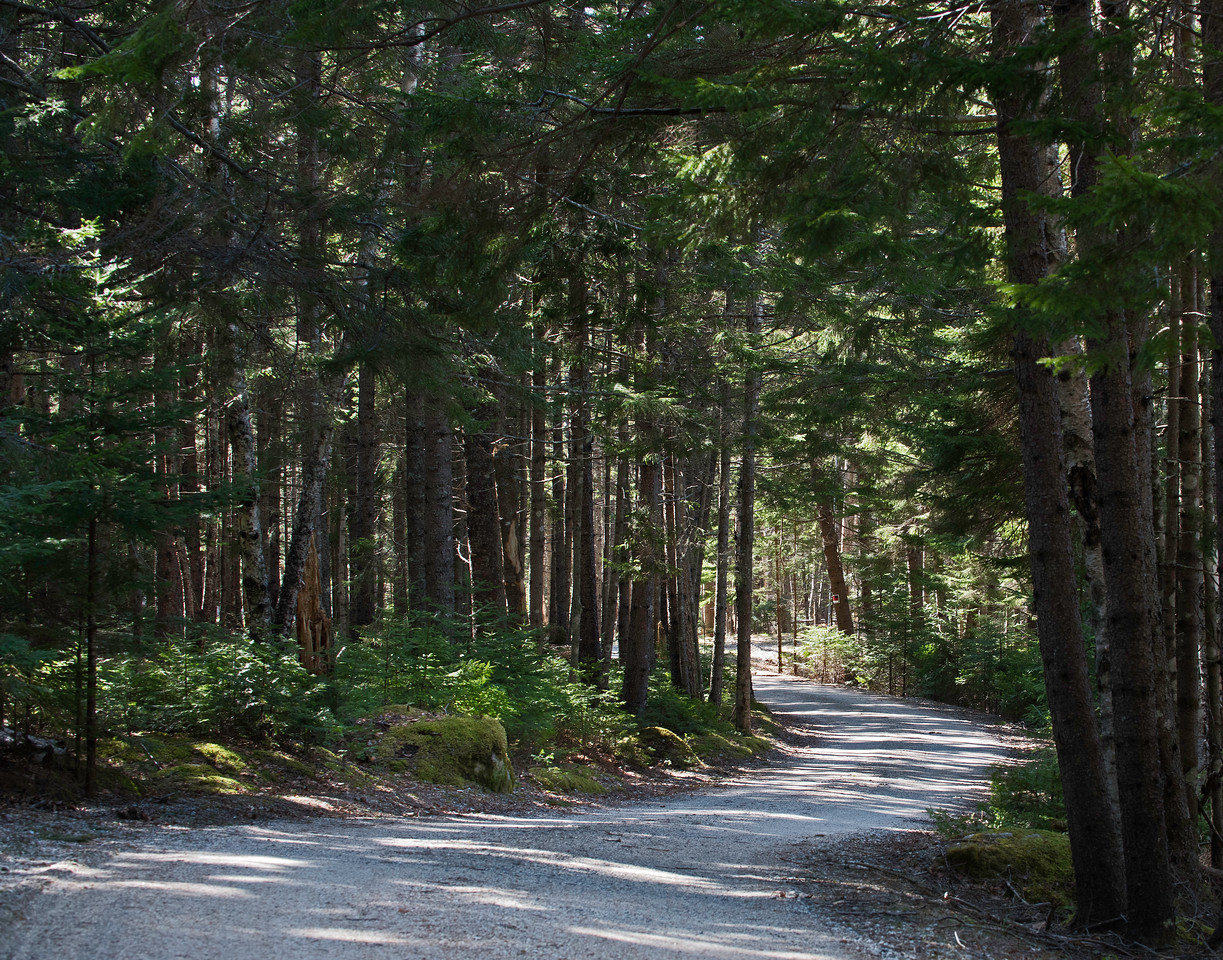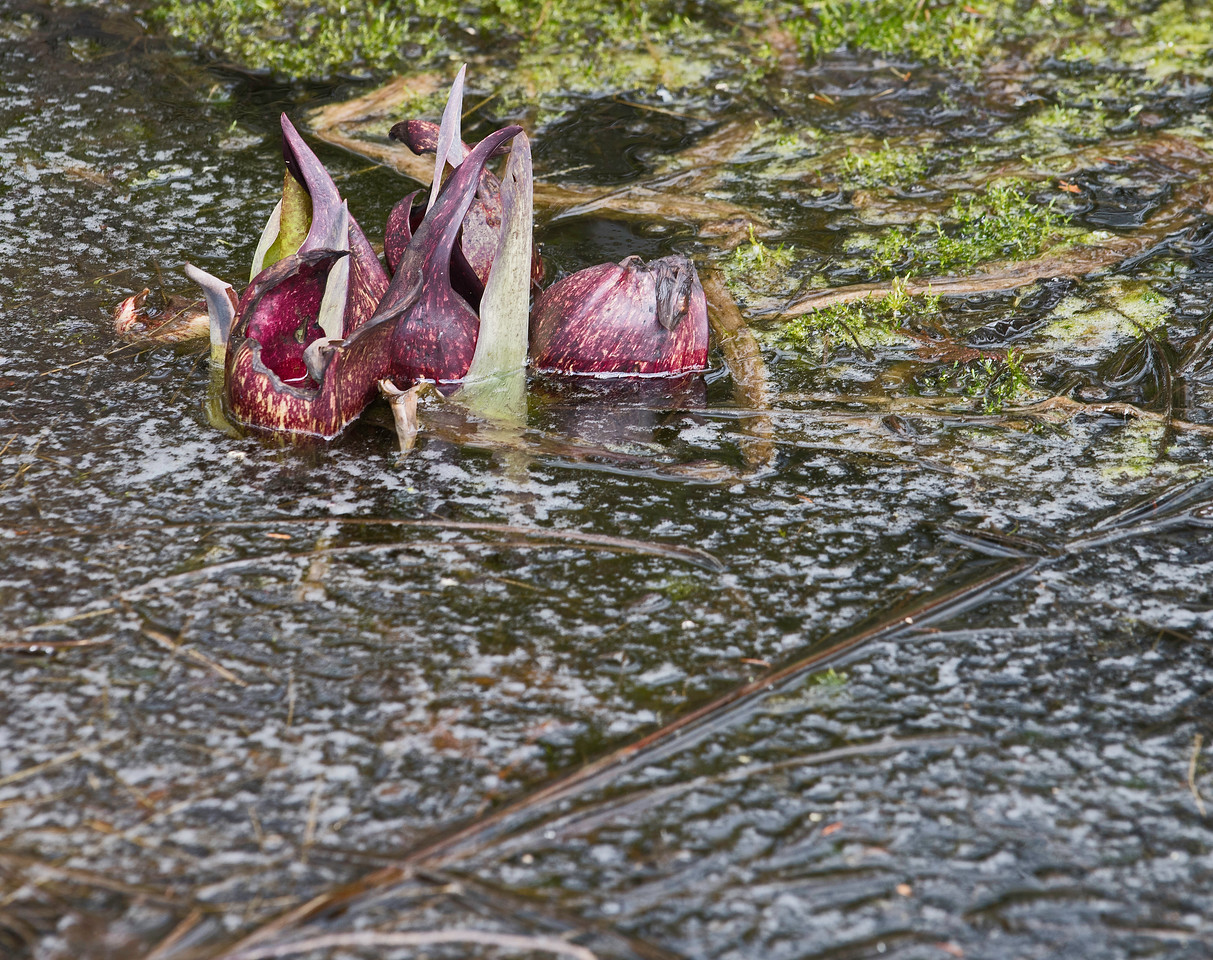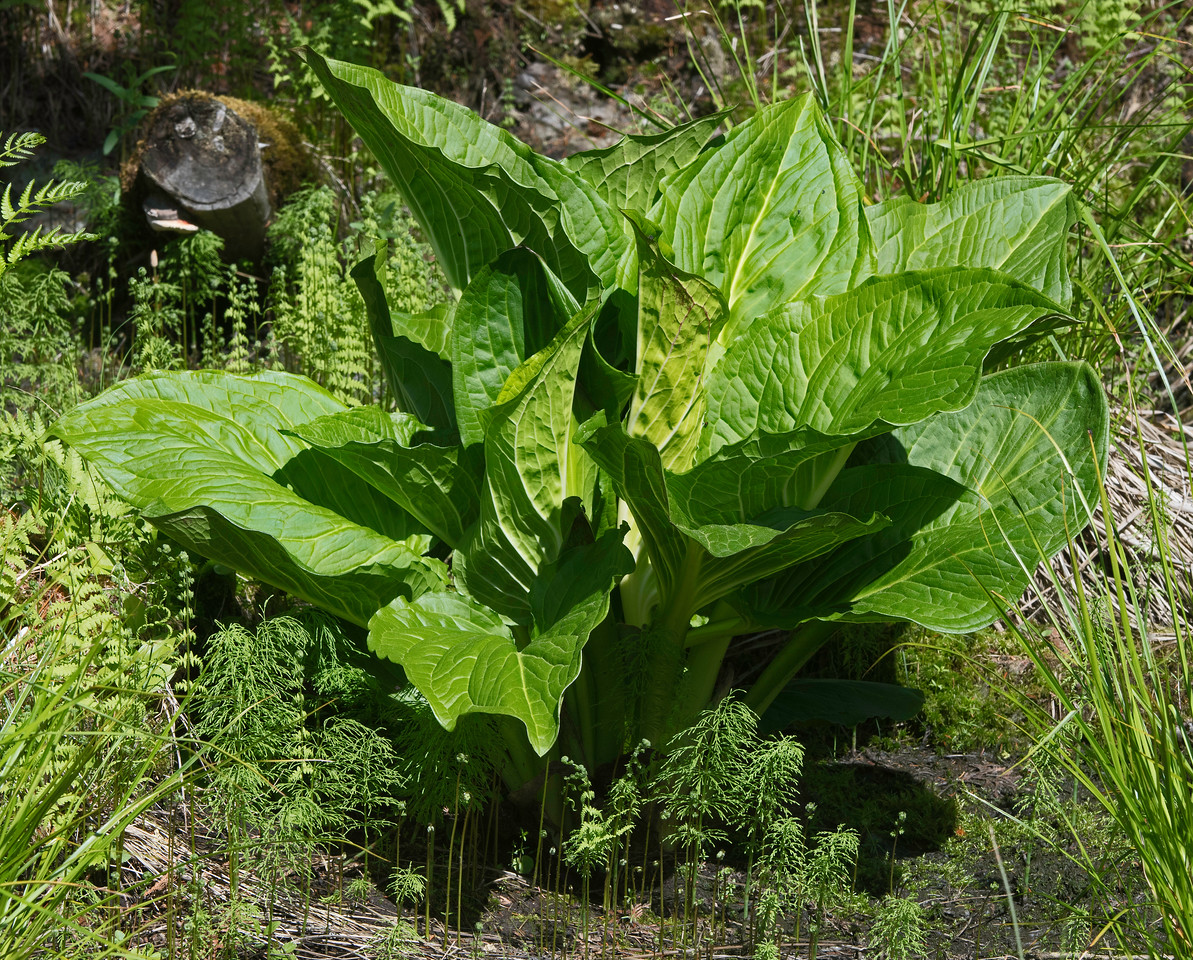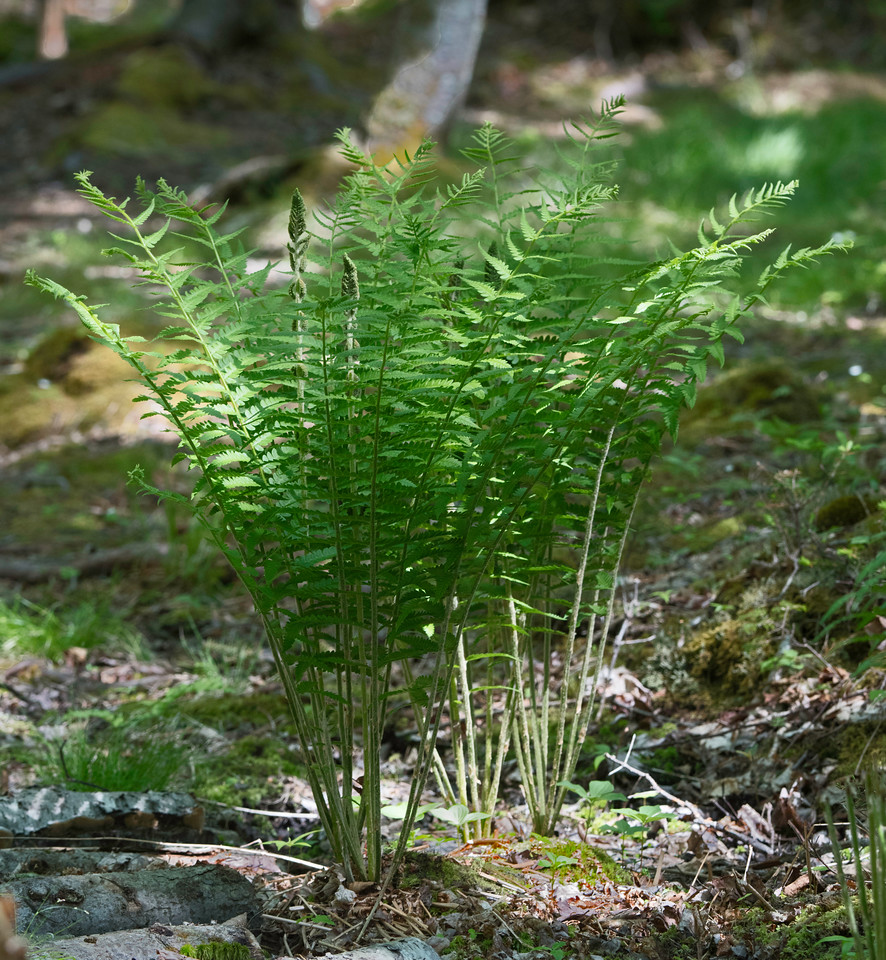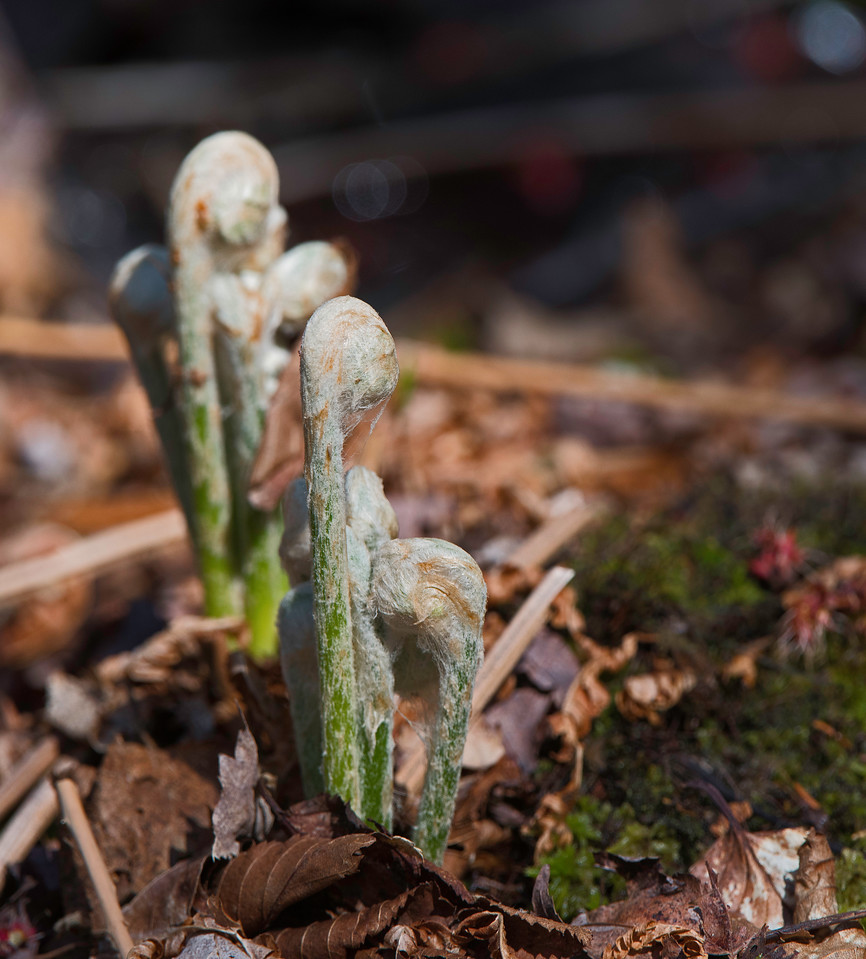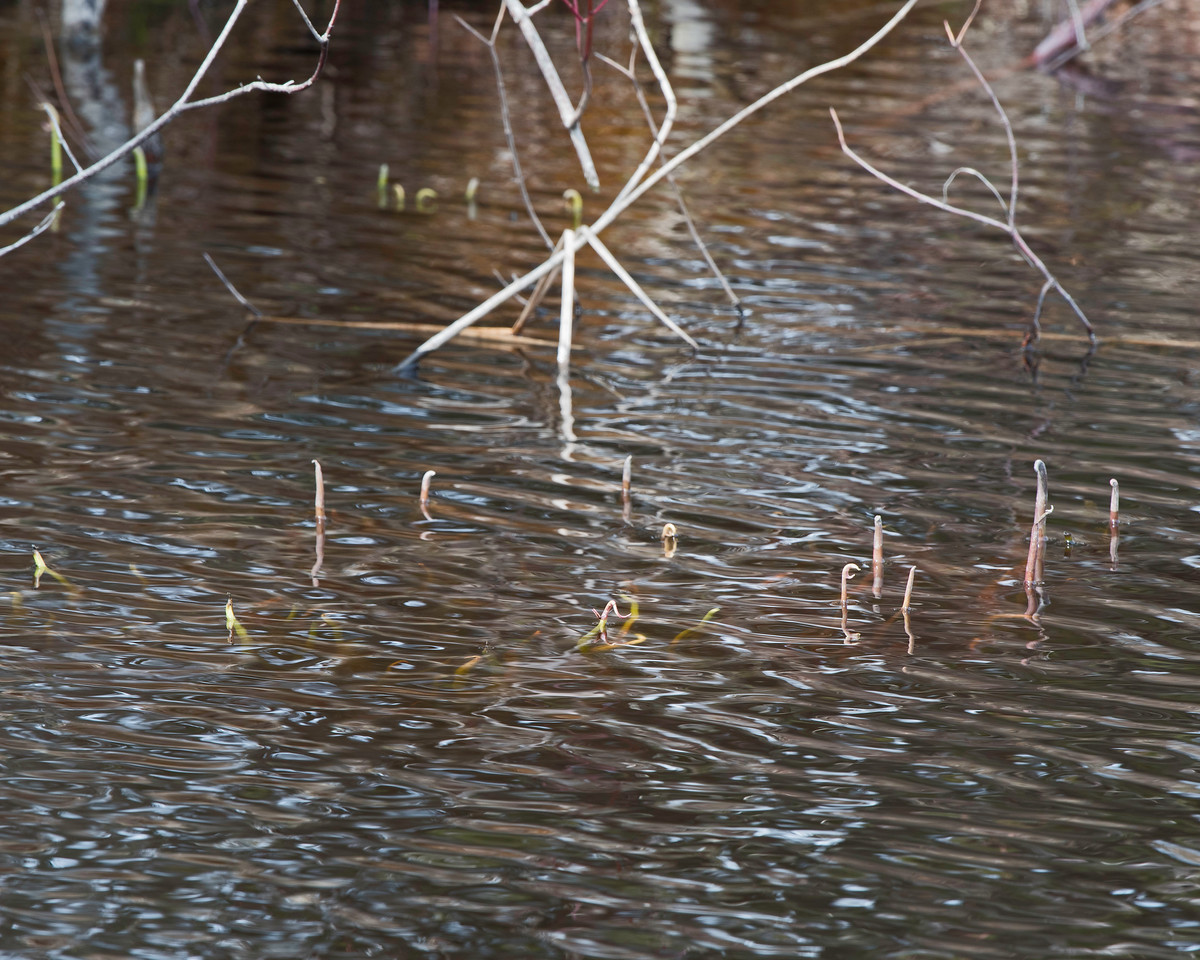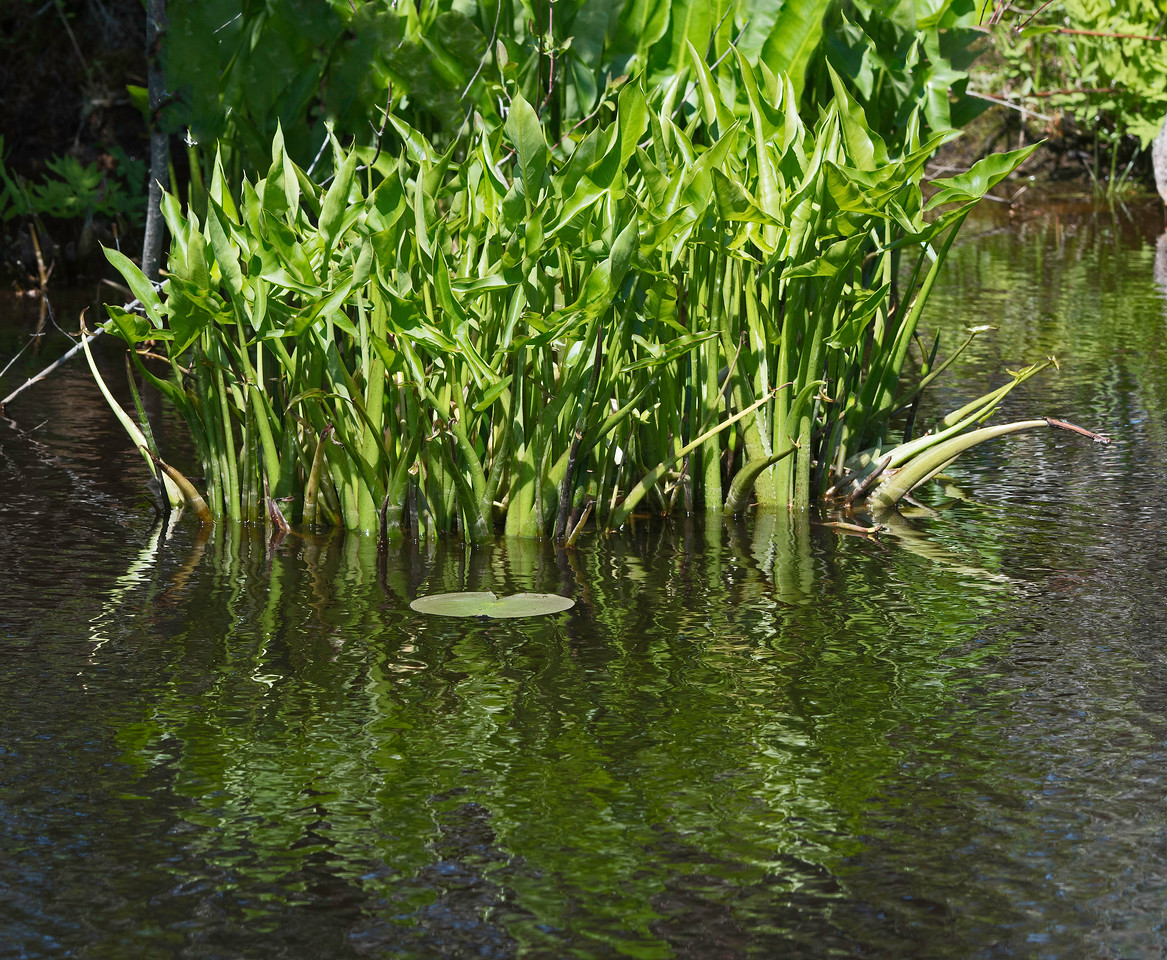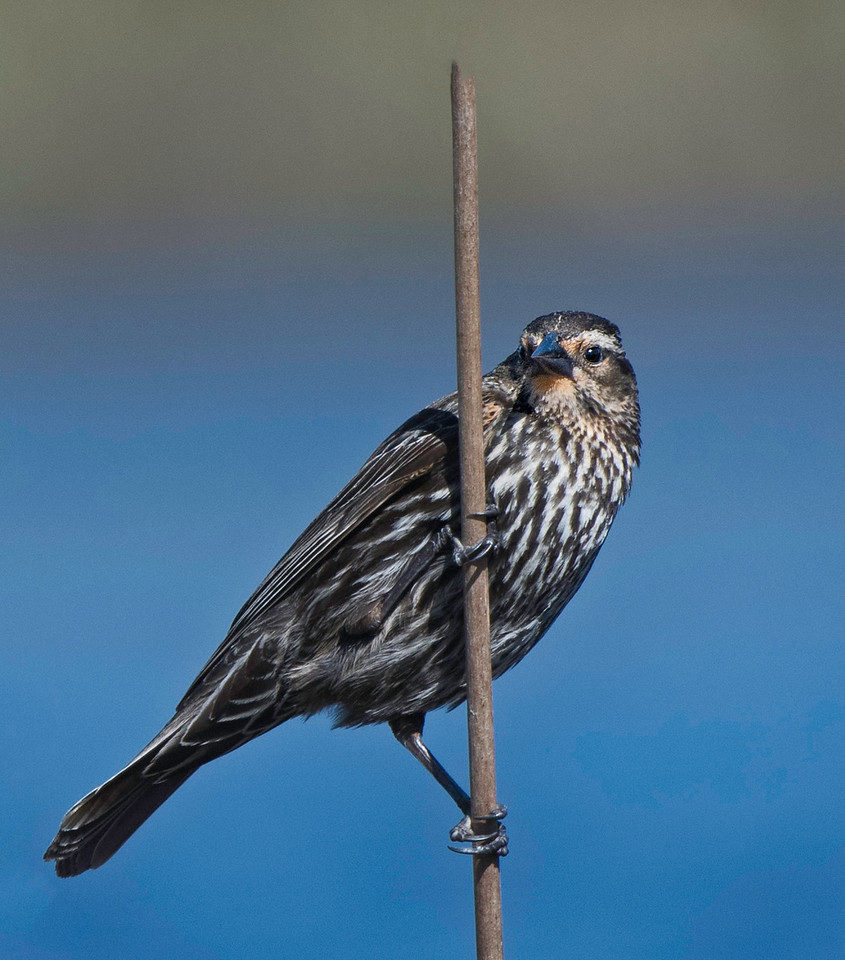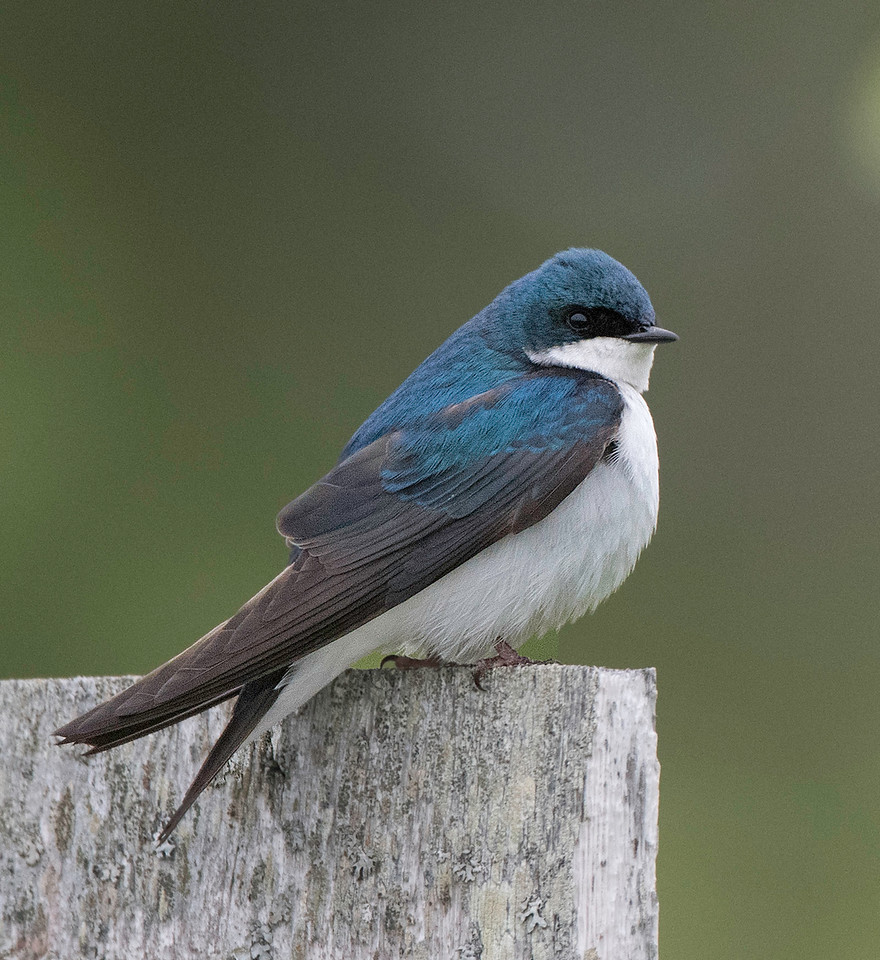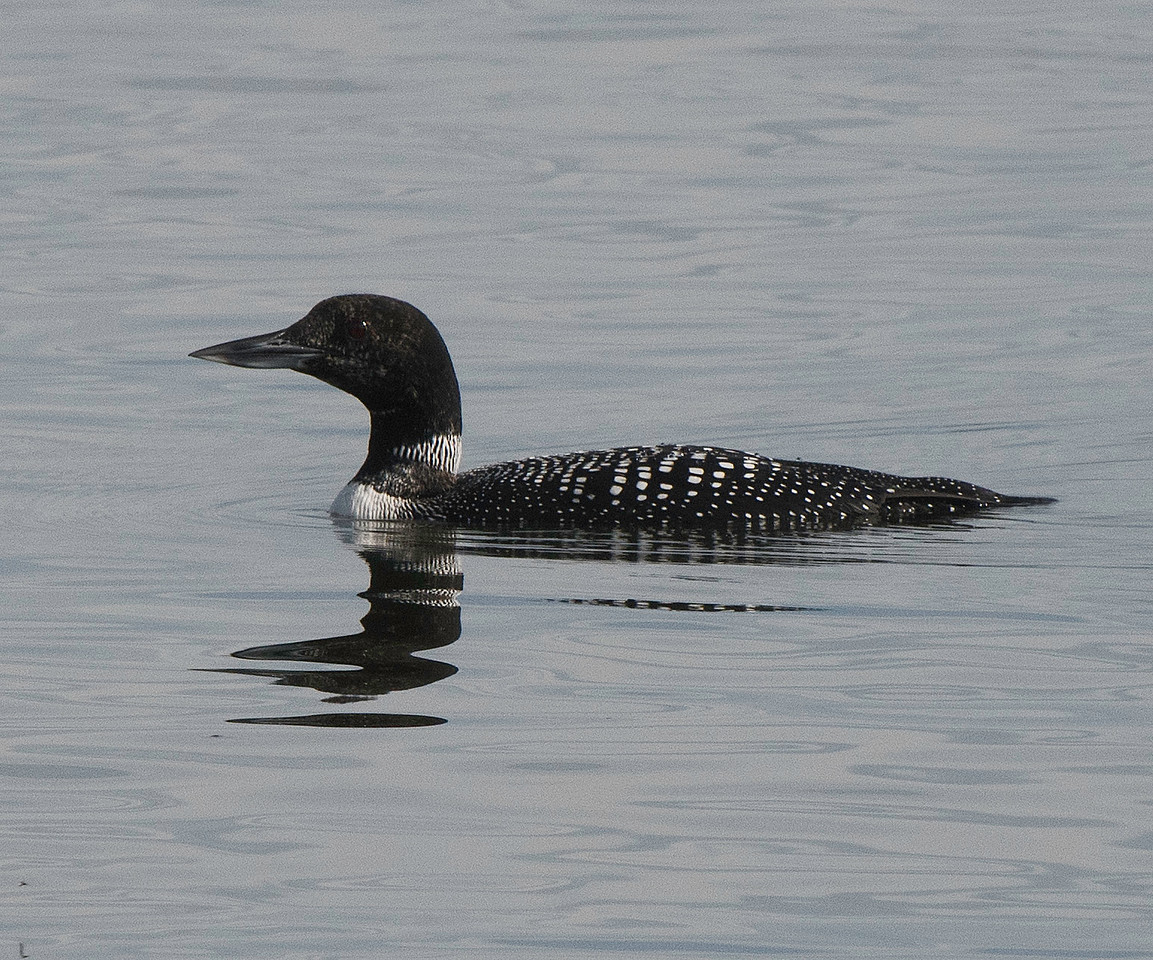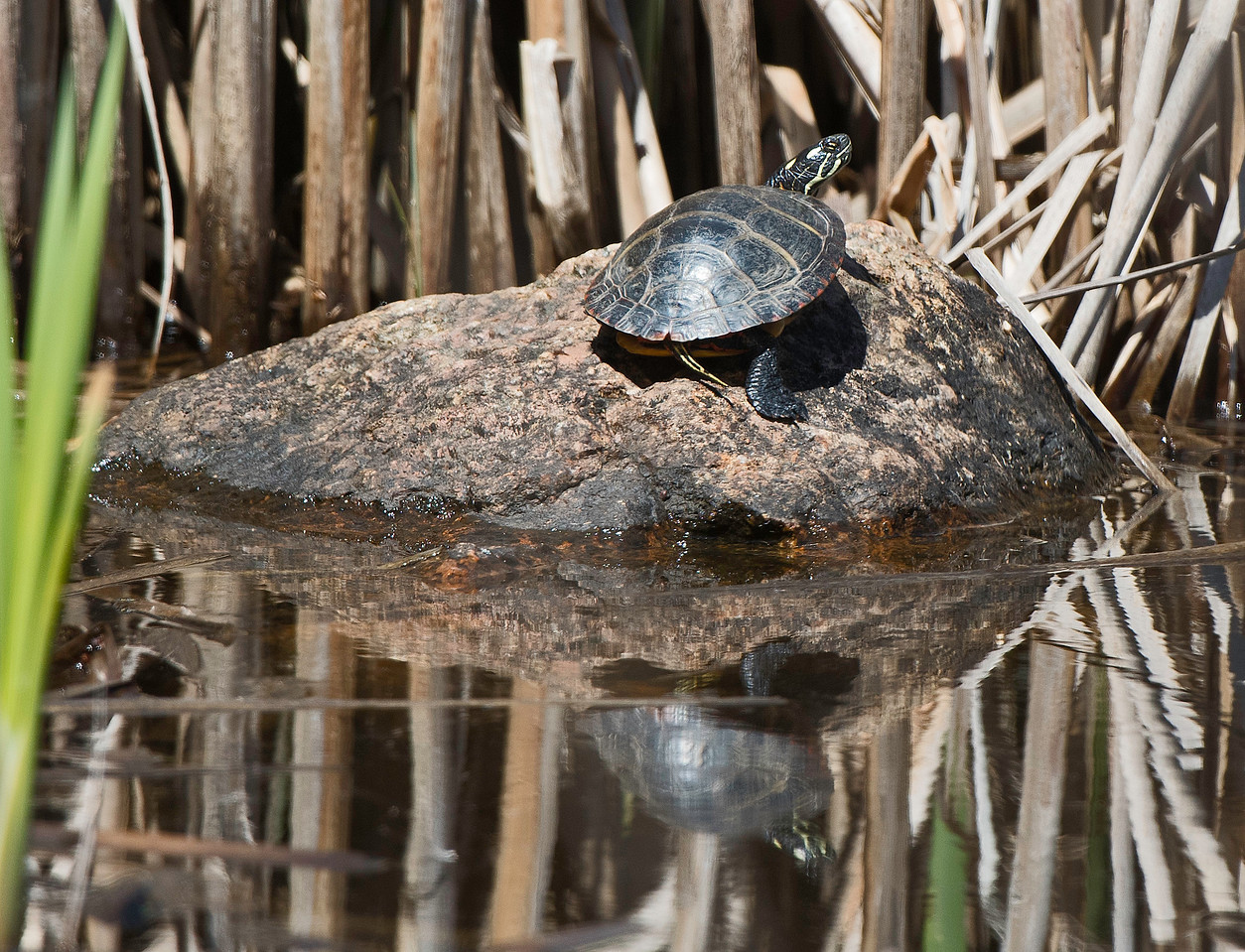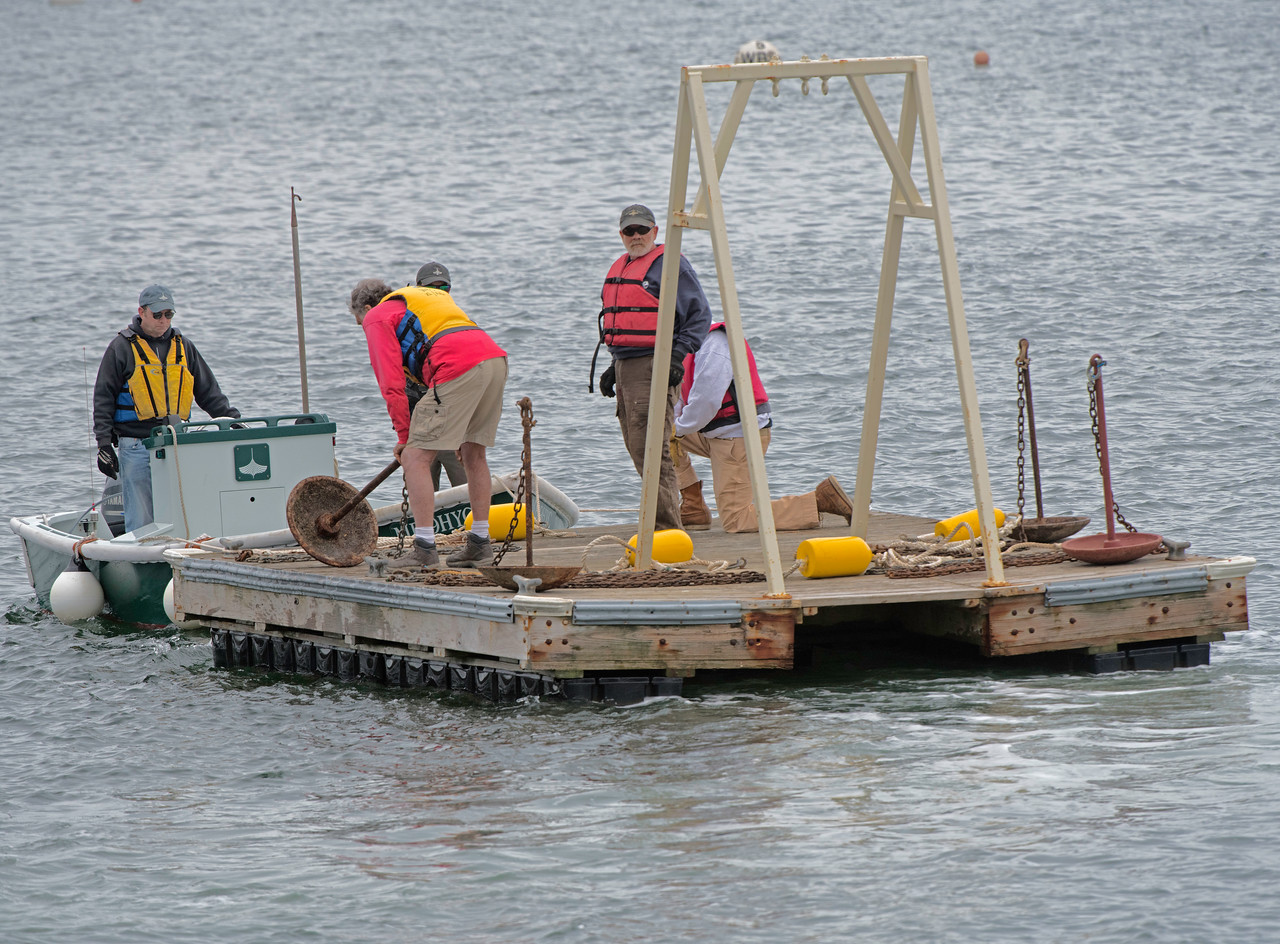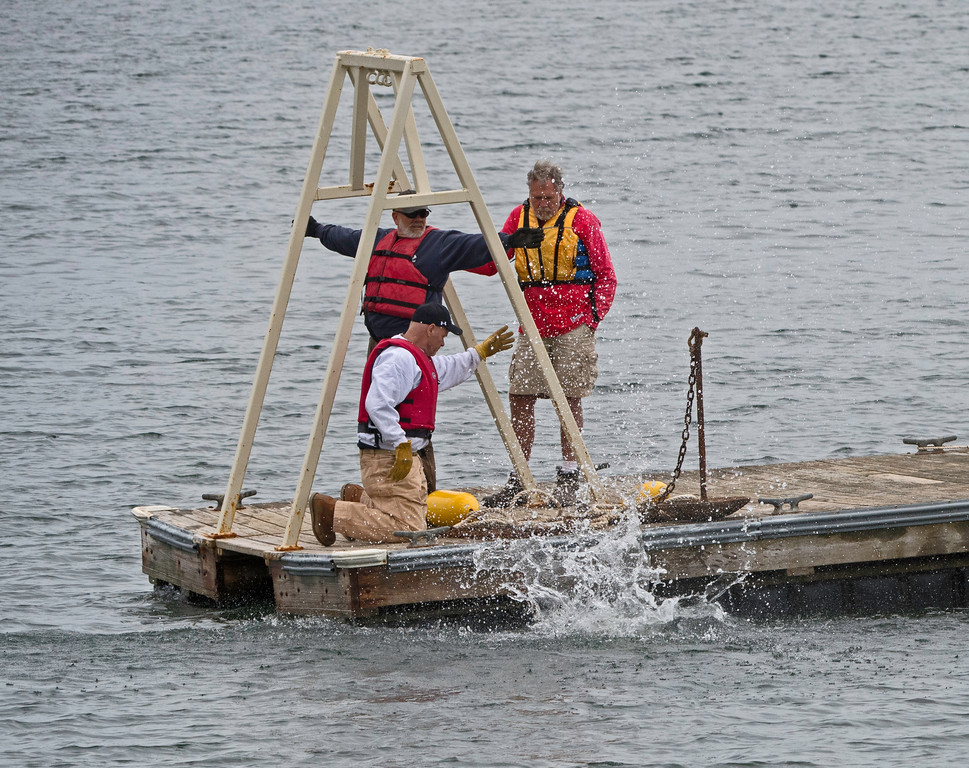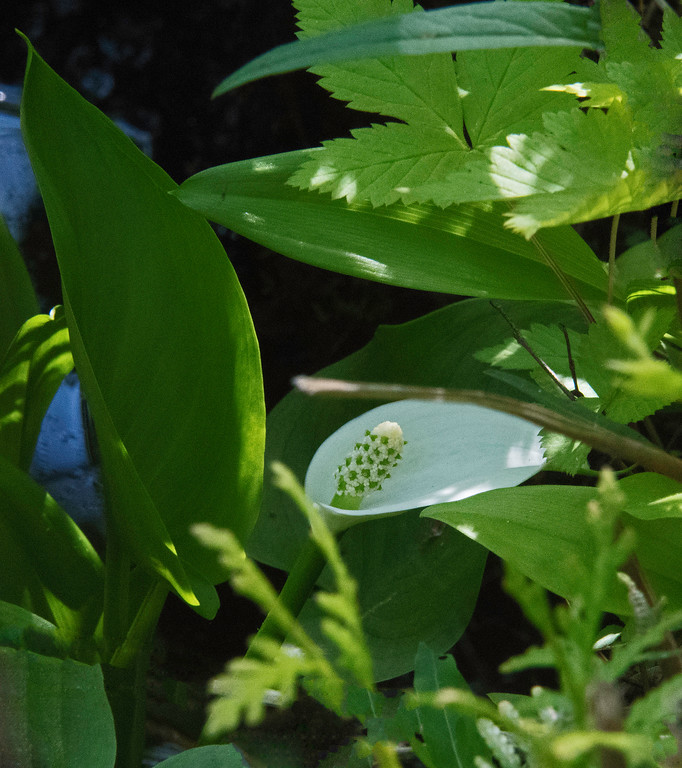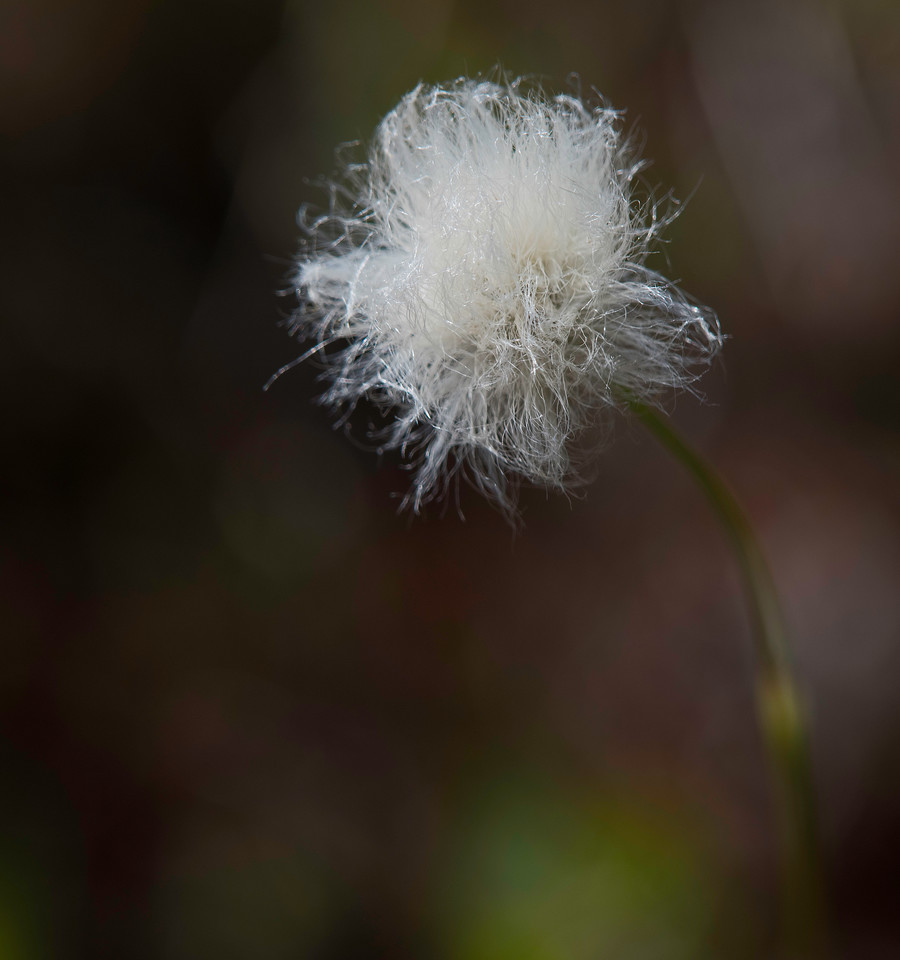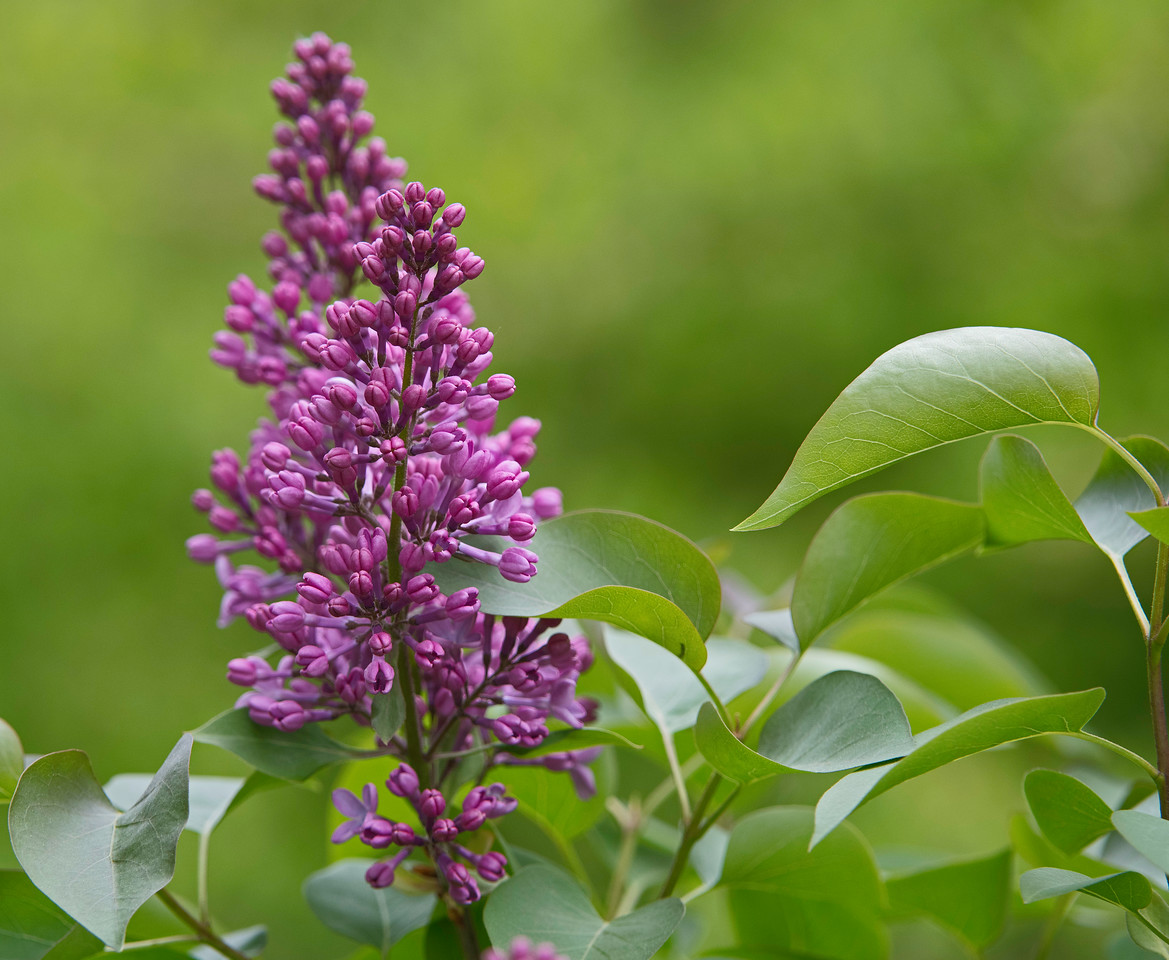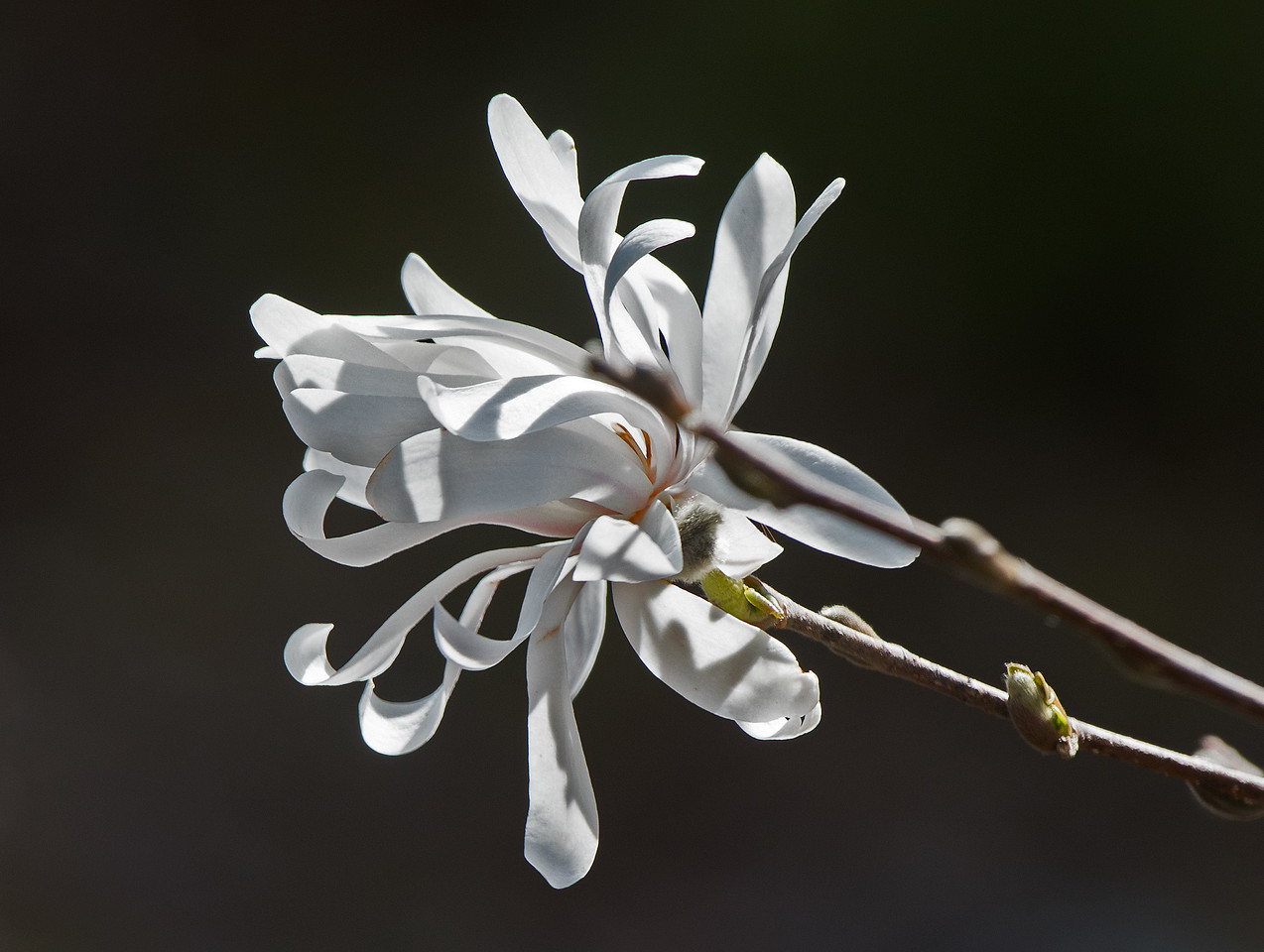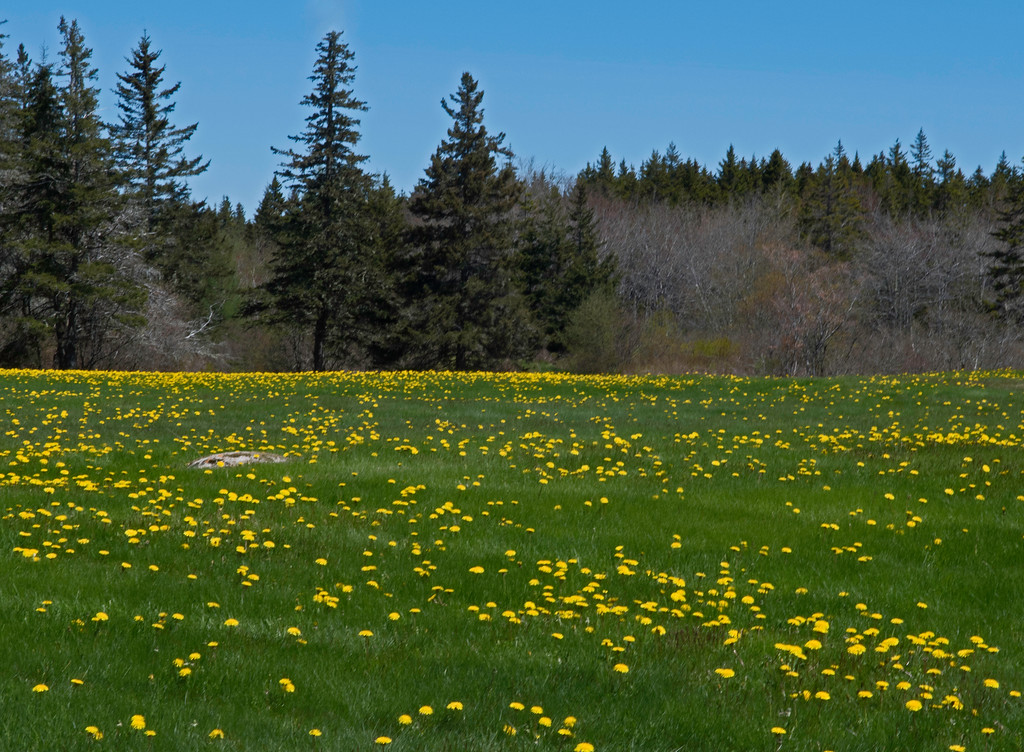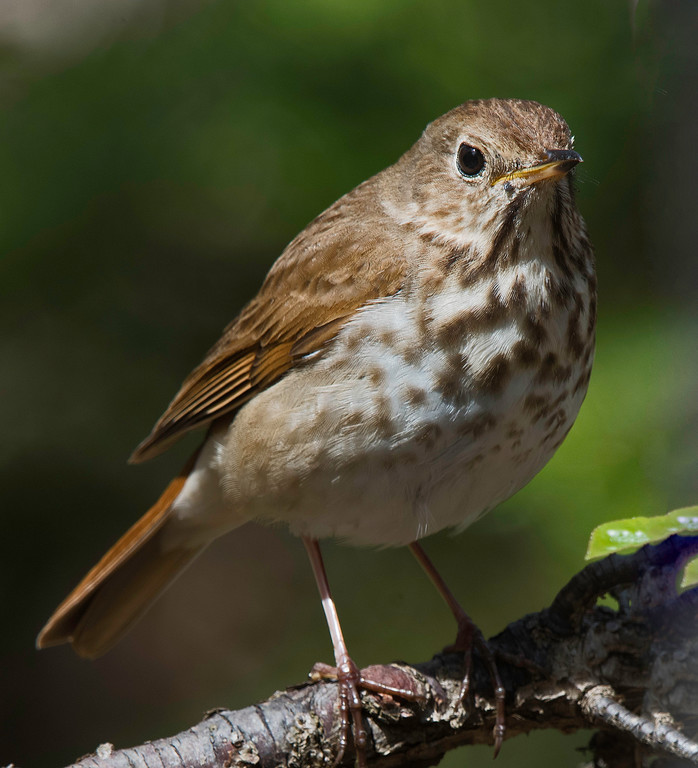The American Eagle sneaked into Great Cove without us noticing on the evening of June 30, her first night of a four-night cruise. Early the next day, we were pleasantly surprised to see her anchored offshore of the WoodenBoat School.
When the wind freshened later in the morning , the American Eagle hoisted sail and departed to the Southwest on her advertised Wildlife Tour in which Bald Eagles and Harbor Seal sightings often are highlights:
This 90-foot schooner is a National Historic Landmark out of Rockland, Maine. She was launched in 1930 as the Andrew & Rosalie, the last fishing schooner built in Gloucester, Massachusetts. In 1941, during World War II, she was renamed American Eagle.
She fished until 1983 and then went through difficult times until she was totally renovated in 1986 as a sleek tourist schooner.
(Brooklin, Maine)




